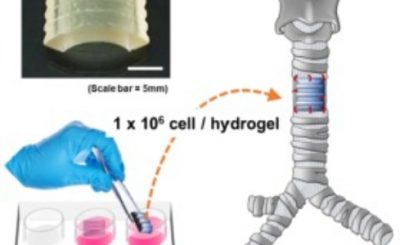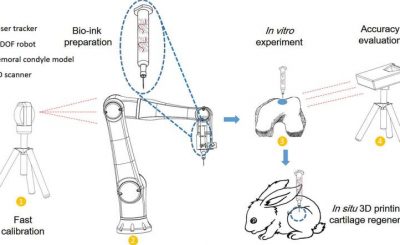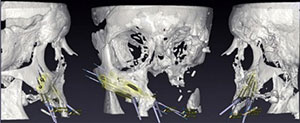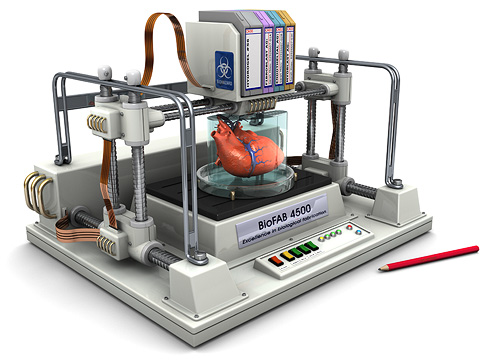Since the boom of additive manufacturing, the process of 3D printing has already had a deep influence in the way we now design and manufacture assistive devices, such as prosthetic limbs. Though most of these 3D printed prosthetics are structurally sound and aesthetically pleasing, we have yet to witness much technological extensions that would make these assistive devices much more then just a limb replacement. That is, until we heard about 

Baverstock and the limbU at 19karen Gallery
Baverstock understands the struggle of identity and physical activity that prosthetic wearers undergo on a daily basis, which is why he designed the limbU as a device that is compatible with everyday activities. The limbU scales well from industrial to desktop printer, which will help make the limbU both affordable and accessible to anyone. Baverstock’s limbU has already made its way to various galleries and 3D printing conferences, including the 
“Through that form and function limbU endeavors to alter the perception of prosthetic limbs in the greater community, fostering an open dialogue of interest, familiarity and acceptance,” says Baverstock. He doesn’t just want to manufacture an assistive device to replace a limb, he also cares deeply about integrating these 3D printed prosthetics with everyday lives and personal activities. Not only does Baverstock plan to replace the aesthetics and functionality of missing limbs, he also wants to improve the physical ability and livelihood of the prosthetic wearer, as well.
as well.
information


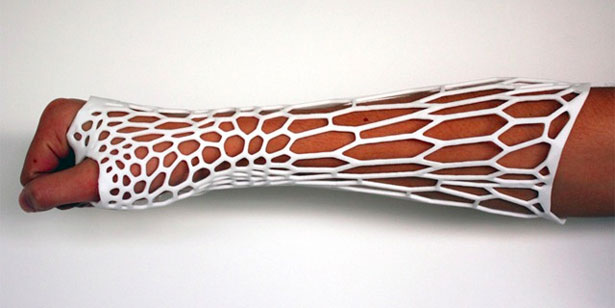

 as well.
as well.